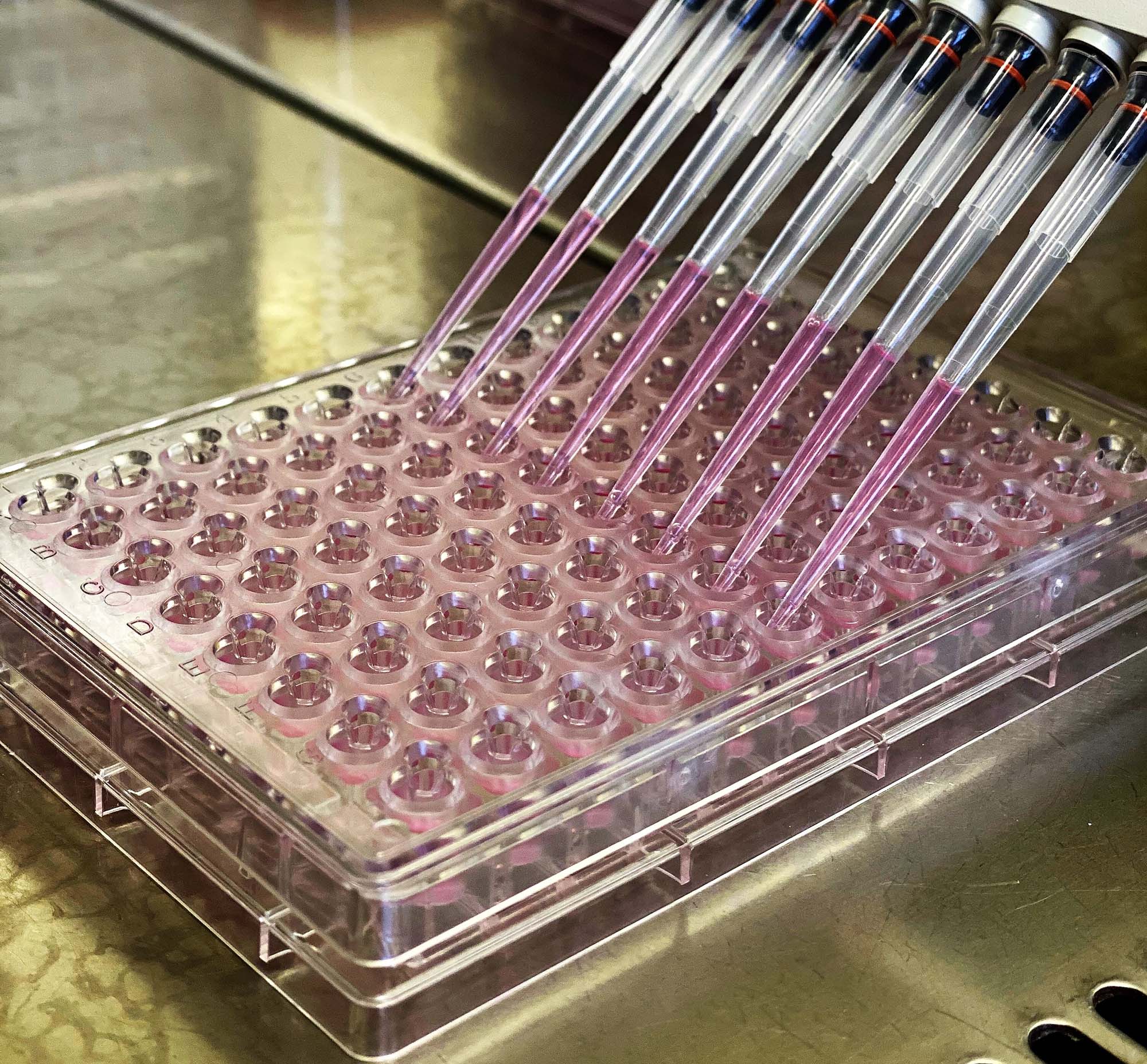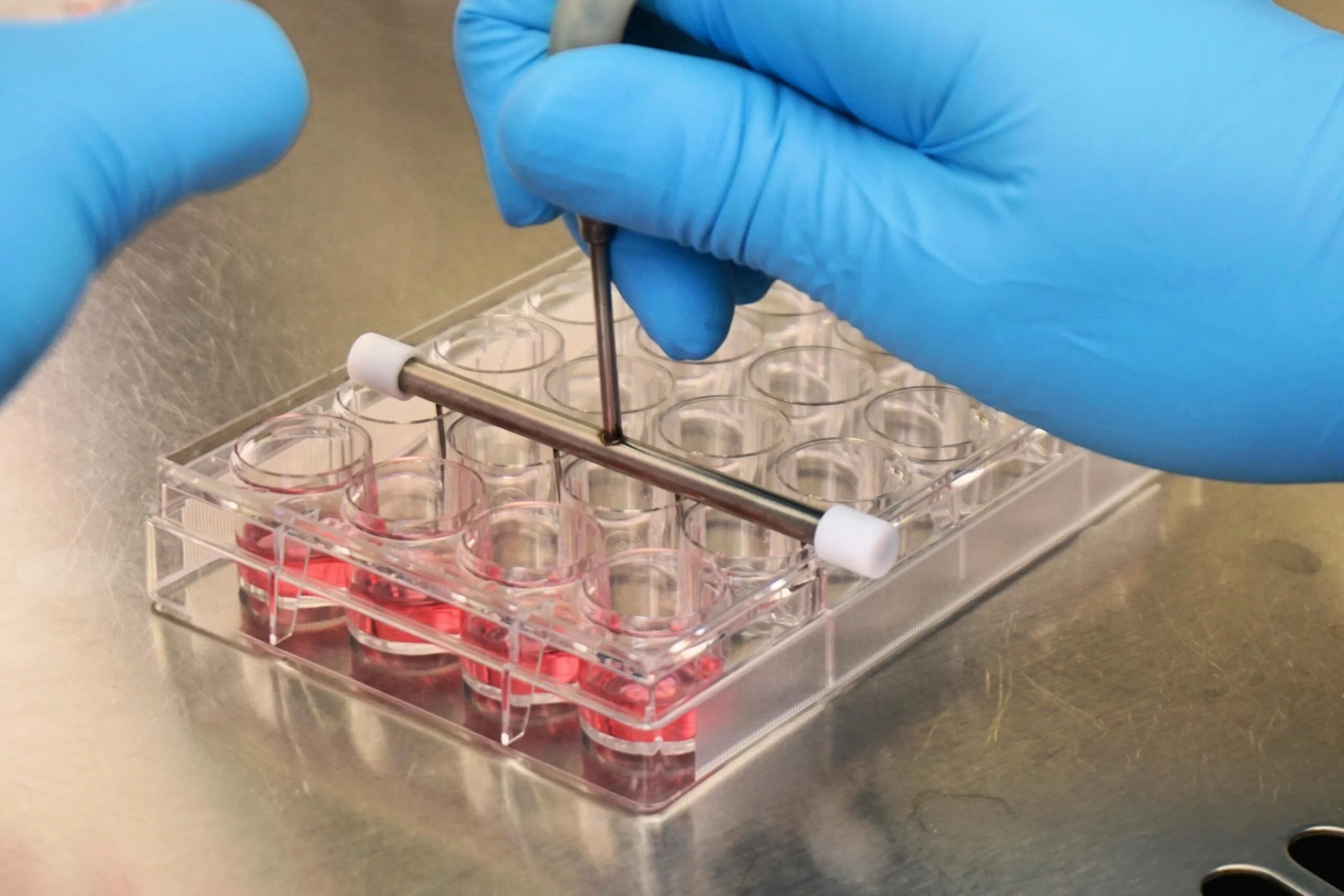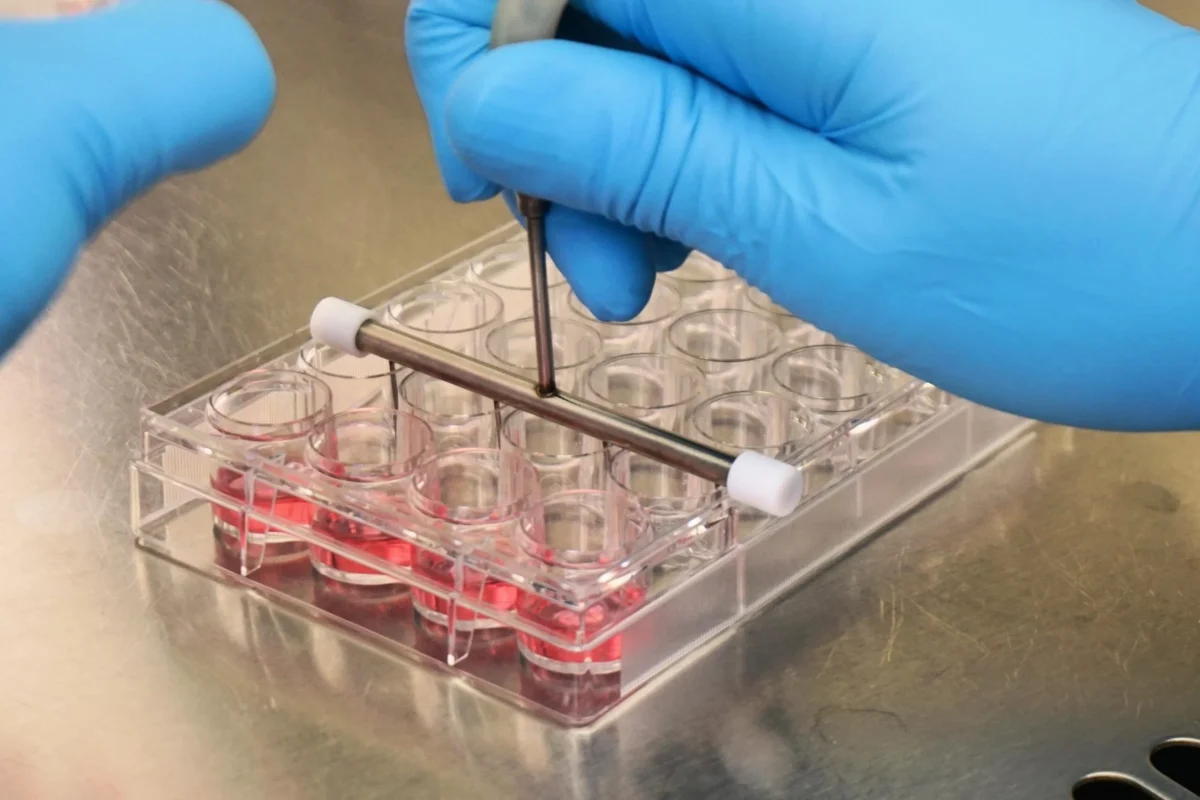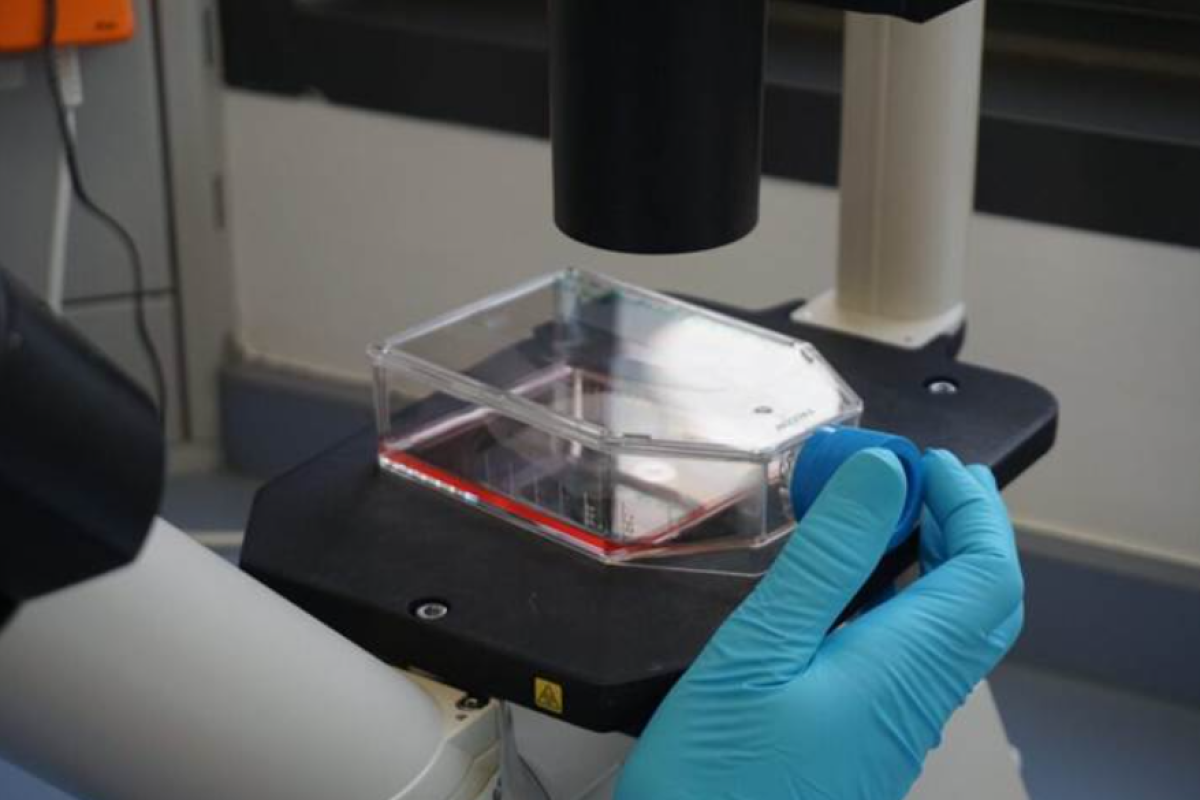In vitro models are widely accepted in scientific research as essential tools for studying biological processes. These models reduce animal experimentation, streamline drug discovery, and cut operational costs.
Among the various biological systems, the gastrointestinal (GI) tract is of paramount importance due to its role in the absorption of xenobiotics during digestion. Consequently, in vitro models for intestinal permeability have been developed to closely mimic in vivo gastrointestinal kinetics.
What are in vitro models for intestinal permeability?
These cell-based in vitro models use immortalized cell lines that form adherent monolayers, reflecting the characteristics of the intestinal epithelium. The monolayer of cells grows to confluence on a semi-permeable membrane, dividing two chambers. This setup allows researchers to evaluate the permeability of compounds from the donor chamber to the receiver chamber, simulating bioavailability from the gut lumen to the circulating basolateral lymph.
Most used in vitro models for drug discovery
There are several in vitro models for evaluating intestinal permeability that are widely used in drug discovery. These models follow the guidelines from major regulatory agencies and serve as vital tools for assessing drug bioavailability.
- In vitro models based on intestinal Caco-2 cells are considered the reference model following the main regulatory agencies’ recommendations. These cells create a monolayer that models intestinal enterocytes, the most abundant epithelial cell type in the intestine. Caco-2 cells systems are well known and obtained results are extrapolated to physiological conditions.
Additionally, numerous in vitro cell systems that integrate various intestinal cell types are being developed resembling the complex anatomy of the GI tract epithelium. These systems are indicated to model complex intestinal pathways and chemical mechanisms, reproducing closely physiological conditions, such as:
- Combination of Caco-2 and HT-29 cells. HT29 cells represent 10-25% of the intestinal cells and are responsible for the mucus barrier of the GI tract. The coculture of Caco-2 and HT-29 cells create an in vitro system closer to physiological conditions that evaluate alternative cellular transport mechanisms observed in the intestine.
- Caco-2 and Raji B cells. Raji B cells are human cells with immunological activity when the cell line is cocultured with Caco-2 cells. It is considered a reference model to predict intestinal absorption, considering the possible immunological response to the tested compound during intestinal homeostasis. The Raji B cells are added in the apical and basolateral compartment of the transwell plate once the Caco-2 cells are completely differentiated.
Emerging In Vitro models for intestinal permeability
New biotechnological developments are also allowing alternative in vitro models that reproduce intestinal conditions. Once these systems’ extrapolation to physiological conditions is demonstrated, they will most likely be considered reference systems as well.
- In vitro 3D cell-culture models are emerging that accurately mimic the structure of the GI mucosa, including structural fibroblasts and the reference intestinal cells for scientific research, the Caco-2 cells. The cells are cultured in a 3D scaffold mainly composed of collagen, which replicates the intestinal anatomy.
- Intestinal organoids, scientific research of Adult Stem Cells is capable to obtain differentiated intestinal tissue, including various cellular types, which mimics in vivo cellular metabolism. Some preeliminar models are being developed in 3D models cocultured with fibroblasts.
The gut-on-a-chip in vitro model is designed with fluidic channels plates seeded with a Caco-2 monolayer and engineered with microcircuitry to assess xenobiotics’ kinetics. Once this technology is developed will reduce assay timings and will facilitate test procedures.
Specialized solutions for intestinal permeability assays
Since most drugs are developed as oral dosage products, evaluating the mechanism of action of intestinal absorption is a crucial pharmacokinetic parameter. In vitro kits offer screening optimization of novel compounds, correlating the in vitro permeability with in vivo absorption.
MedTech Barcelona through ReadyCell, as a specialized manufacturer of in vitro kits indicated for intestinal permeability assays, is available to share our knowledge in preclinical development. Reach out to us at our form or at reagents@medtechbcn.com.
References:
Lefebvre, David E., et al. “Utility of models of the gastrointestinal tract for assessment of the digestion and absorption of engineered nanomaterials released from food matrices.” Nanotoxicology 9.4 (2015): 523-542.










